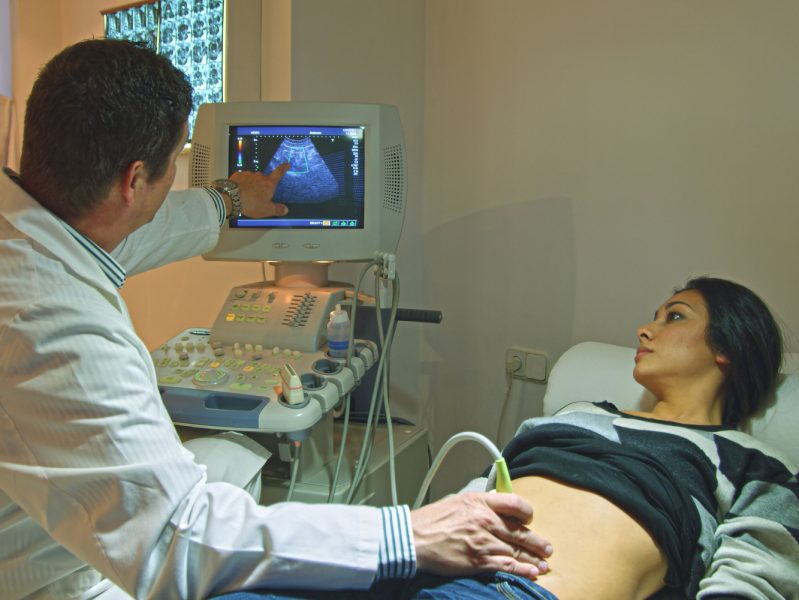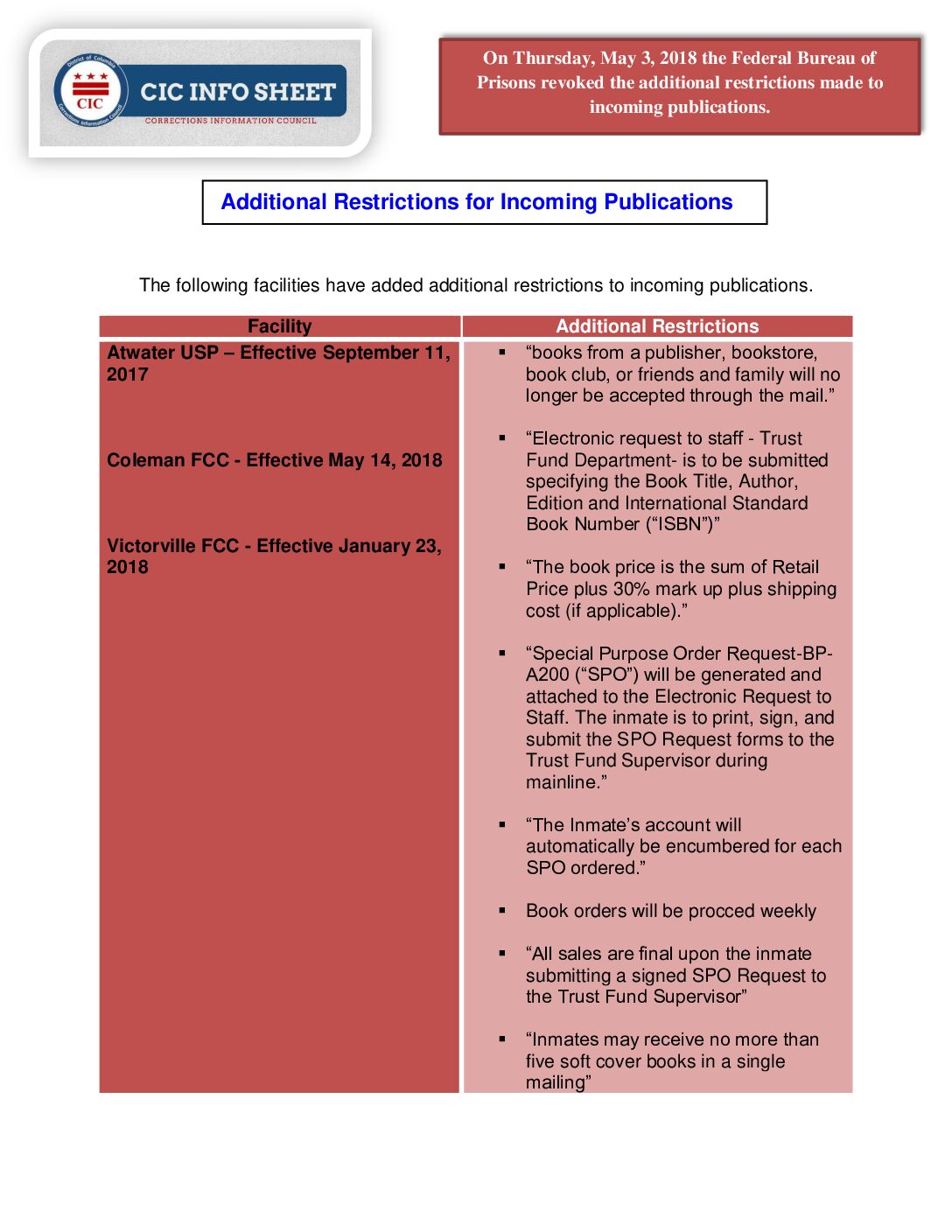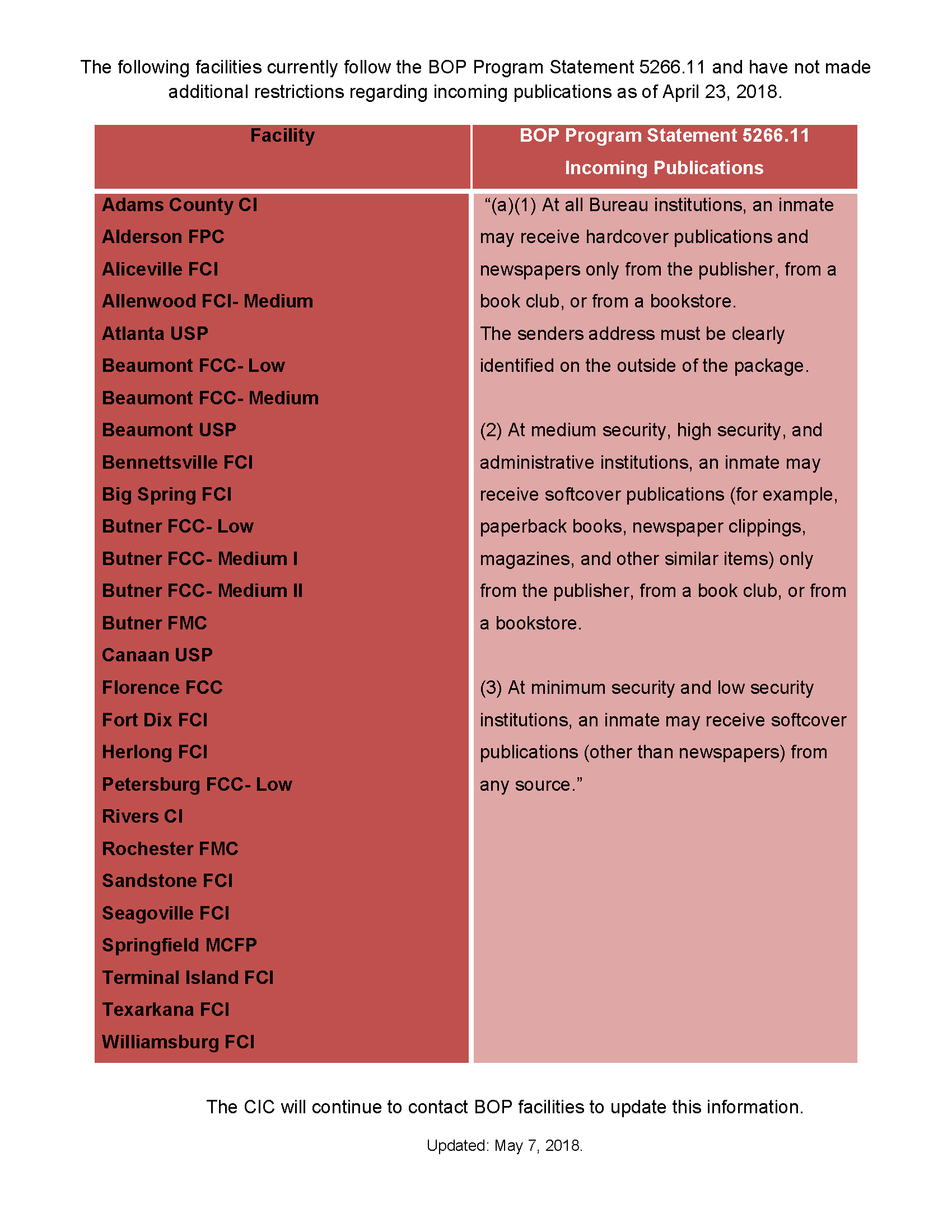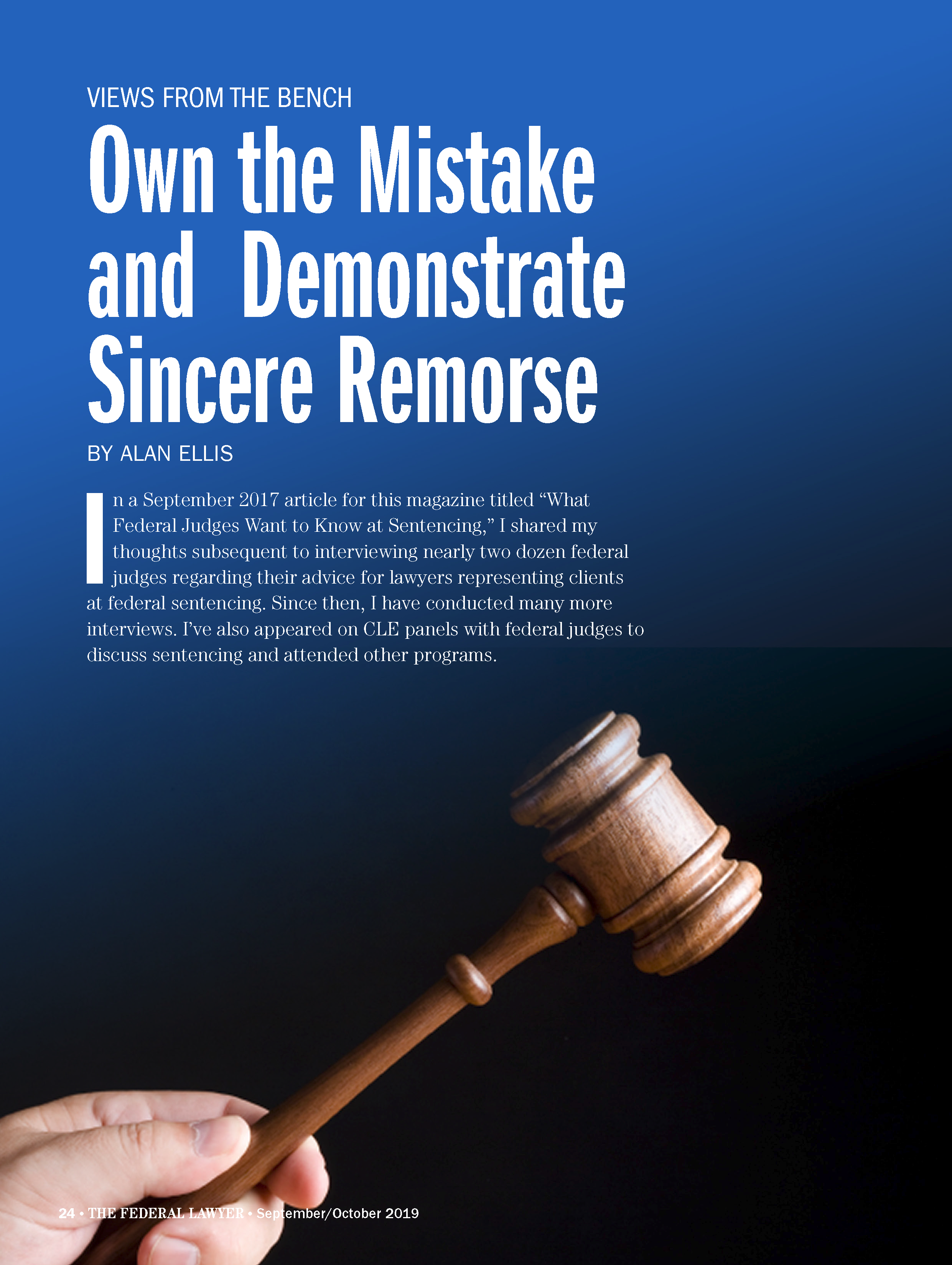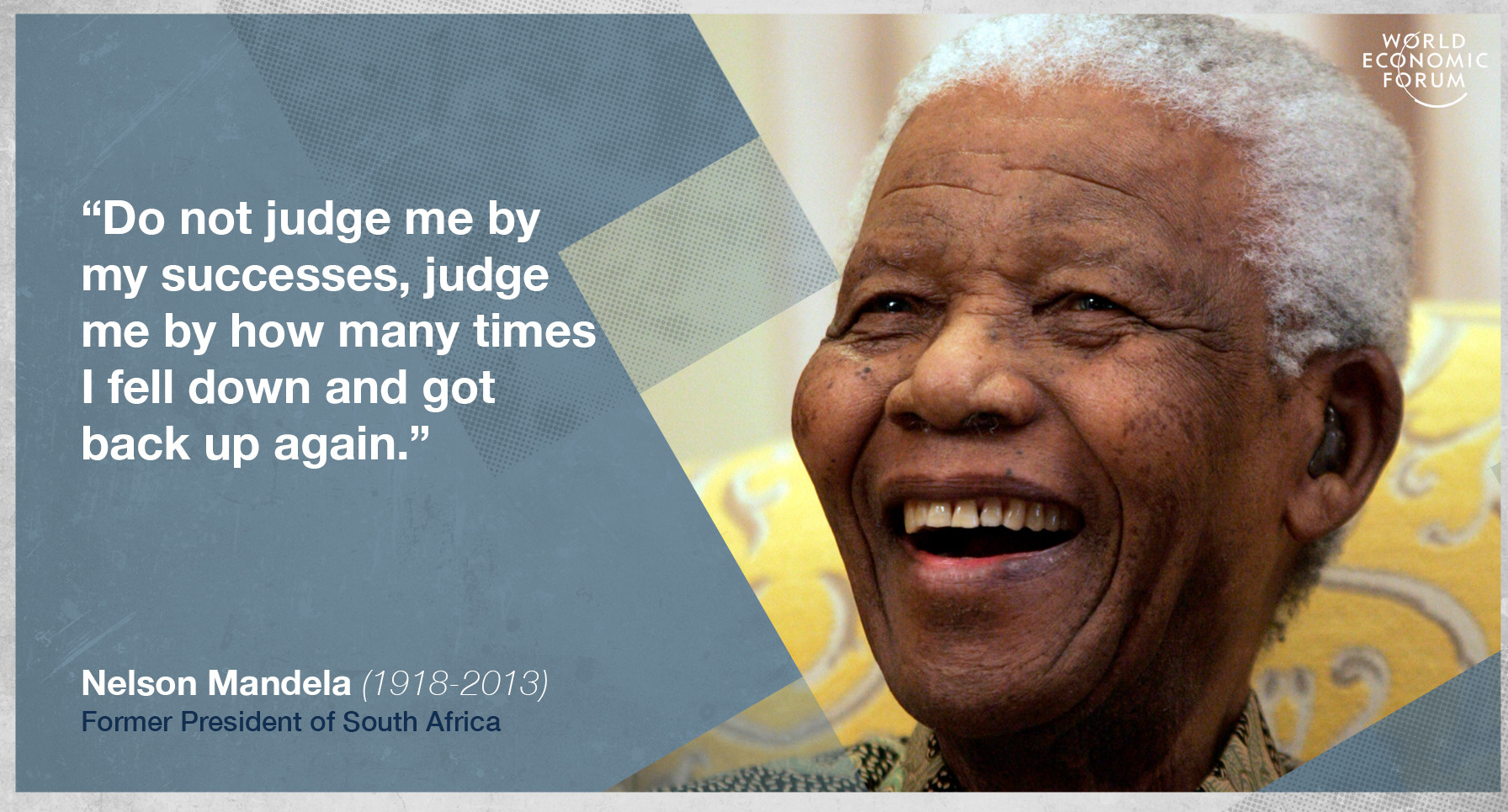Pregnant In State Prisons
As a follow-up to my previous issue, today we discuss the concerns of pregnancy in state prisons. Here too, they have the constitutional right to obtain appropriate medical care. The extent prison policies address pregnancy-related services is another moral indicator of how state-run facilities or agencies provide care to the women in their custody.
If you like what you are reading, send it to friends, ask them to subscribe using the button above, and consider engaging us.
It seems to this author as we have 50 individual states, each with its own individual policies as to whether or not a pregnant inmate gets the required prenatal and postpartum care, it appears that the care they get depends on the state in which they live. Not Very Good Odds!
A 50-state survey of state prison systems shows that some failed to meet even basic standards of care for expectant mothers.

Dr. Carolyn Sufrin M.D., Ph.D., A.M. at John Hopkins School of Medicine’s School of Public Health, has a series that studies pregnancy prevalence and outcomes in U.S. jails, prisons, and youth facilities. Together with The Prison Policy Initiative, she points out that;
- there is an overall lack of supportive policies and practices,
- “Currently, there are no mandatory standards for prenatal and pregnancy care for women in prisons,”
- medications for the treatment of opioids among pregnant and postpartum individuals in US Jails appears at best, inconsistent.
Dr. Sufrin founded Jailcare: Finding the Safety Net for Women Behind Bars.
“Jailcare is a moving and galvanizing story of pregnant women in jail and those responsible for their health, it is essential reading for anyone who cares about women, children, and justice.” Piper Kerman, author of Orange is The New Black.
- Dr. Sufrin Contact numbers: 410-550-0337 (Appointment Phone: 443-997-0400).
STATES, Funding, and The Second Chance Act
The Bureau of Justice Assistance is the agency that administers the Second Chance Act. As such, they conduct low-cost outreach by highlighting grantee successes, that;
- reminds states of available funding,
- provides technical assistance with state applications.
- So remember, April is Second Chance Month – there are a few days left!
These funds allow prison nurseries to be developed by states, tribal or local prosecutors, too;
- establish or expand demonstration programs,
- reduce recidivism,
- improve reentry into the community,
- support Pregnant Incarcerated Mothers and Infants Together Programs.

Some Positive News: States With Onsite Prison Nurseries.
California
SHIELDS for Families’ Tamar Village Program: provides comprehensive family-centered substance abuse treatment services to mothers re-entering the community from the criminal justice system.
Services included:
- Educational groups (health and nutrition, HIV/AIDS, life skills, relapse prevention for addiction).
- Parenting and child development classes.
- Therapeutic groups (trauma, grief and loss, domestic violence, sexual abuse, women’s issues, and relationships).
- There is also an on-site child development center for children ages 0-5 and a youth program for children ages 6-18.
Illinois
- Illinois Department of Corrections: Focuses on the Needs of Pregnant and Parenting Inmates.
Decatur Correctional Center called “Moms and Babies” started a prison nursery program initiated in 2007. The program includes an Infant Development Center, and each of the five prisons for women in Illinois includes;
- A child-friendly visitation area where mothers can read with their children, watch videos or play on the floor.
- Family activities range from; day camps, video visiting, and holiday activities for mothers and children.
- Parenting programs are offered to all inmates, no matter their security level.
Indiana
I) Family Preservation Program includes individual and family counseling to begin healing trauma caused by histories of addiction, poverty, and mental, physical, and sexual abuse.
Indiana Women’s Prison: Family Preservation Program, started in 1996.
Women typically come to prison from underserved communities;
- Who lack access to adequate housing, education, or health care.
- They’re provided with the information they need to access such services as they prepare to leave prison and reunite with their families.
- Their “wraparound” care program, has a recidivism rate of just eight percent (the Rebecca Project for human rights • National Women’s Law Center • Page 38).
II) Women’s Prison in Indianapolis for Low-level offenders
- Wee One’s Nursery (YouTube · Indiana Department of Correction · May 8, 2020).
III) WOMEN BEHIND BARS: LIFE AND DEATH IN INDIANA S1 E1
Women Behind Bars: Maximum Security
Maryland
Maryland Correctional Institute for Women (MCIW).
The Baltimore Doula Project currently provides doula support to pregnant women, info@baltimoredoulaproject.org
Missouri
- The Center for Women in Transition is a St. Louis organization that provides wraparound services for women reentering the community from jail or prison.
- They support The Correctional Center Nursery Programs which allow women who give birth while incarcerated the chance to stay with their newborns in prison for up to 18 months.
New York Opened, in 1930
Bedford Hills Correctional Facility for Women includes the longest-standing continuous prison nursery in the country.
- “In 1930, Governor Franklin D. Roosevelt signed a bill into law that allowed women in New York Prisons and reformatories to keep their babies with them for 12-18 months following birth (page-22).”
- It’s available within medium and maximum-security prisons.
- It has the capacity to support 29 mothers and their babies.
- Bedford Hills provides women with a continuum of physical, mental, and emotional support through its prenatal care, parenting center, infant daycare center, child advocacy office, access to LEAP, and a GED-preparation program designed specifically for mothers and pregnant women.
Oregon
Coffee Creek Correctional Facility Parenting Inside Out (PIO) program’s curriculum offers interactive skill-building on child and adult development, parenting skills, and effective communication through letters, calls, and visits (page 31).
Pennsylvania
I) SCI Muncy with doula services, that provide people with physical, emotional, and educational support during pregnancy and childbirth. They have been linked to better birth outcomes by lowering the likelihood of birth complications and helping to treat postpartum depression.
- Gerria Coffee is the founder of Williamsport-based Genesis Birth Services. 1307 Park Ave, Williamsport, PA 17701, Phone: (717) 970-3009, George Little, Acting Pa. Secretary of Corrections 717.728.4109.
- “To have a program where someone is there for them when they are giving birth, it’s immeasurable,” Coffee said. She’s held women’s hands during birth, cut umbilical cords, and provided encouragement during labor. “All of those are priceless experiences and experiences that anyone who is giving birth deserves.”
II) Maternity Care Coalition’s MOMobile works within Philadelphia’s Riverside Correctional Facility, where it delivers the education and support women need to prepare for reintegration with their families and communities.
- The in-prison component is coupled with individual case management for up to one year after release, helping newly-released parents form strong ties to their communities and positive relationships with their children.
- MOMobile staff has attended 34 births since the start of a doula program in May 2008. The program teaches parenting skills, mother-child bonding, and positive discipline skills, which has the potential to result in substantial community-wide benefits if expanded to serve a greater percentage of incarcerated mothers having served over 300 women.
I thank you for reading with me. On a lighter note, to you moms…

In closing, I believe that the responsibility for a client’s Mental and Physical Health should be safeguarded to protect them from themselves and others, …while providing a safe environment for the duration of their incarceration (for them and their newborn). Ultimately this is the responsibility of the Court, Defense Team, and The Respective State Authority.
If this was helpful, please share it with your colleagues. With more to follow, should you have any questions, are interested in engaging my services (getting your message on the record – is best done before the PSI, and also could support your BOP placement request), or have any suggestions for future topics, I am easy to reach, and thank you for your time.

Marc, Dr. Blatstein
- email, info@PPRSUS.com,
- Voice: 240-888-7778.
- Or through my website: PPRSUS.com
- For more information on the BOP: www.bop.gov
- Watch our 50+ minute PowerPoint Presentation, (of CLE Quality), which can be time adjusted to meet your needs.
- As seen on LinkedIn
Copyright © 2021-2022 Physician Presentence Report Service, LLC, (PPRS Disclaimer)

